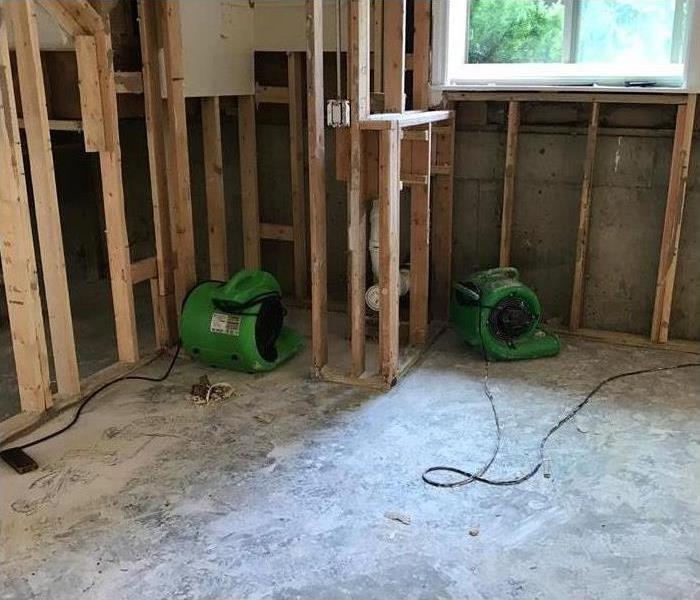Best Ways to Avoid Mold Growth After a Flood
7/29/2021 (Permalink)
The Best Ways to Prevent Mold After a Flood
You work hard to provide a nice home and a safe, secure place for yourself and your loved ones. Floods are some of the biggest threats to your well-being. These emergency situations can damage or even destroy your property and possession, and they can even cause harm to everyone in your Park Ridge, IL, home. Some of the things you’re most concerned about happen following the flood. These include mold growth, which can frustrate anyone. Luckily, there are some effective ways to put an end to this.
Make an Assessment
Once the flooding has come to an end, and it’s safe to be in your home, you need to take stock of the damage and the situation. There are few things you should do.
• Document the extent of the damage to floors, walls, furniture, appliances and personal belongings
• Contact a professional restoration company
• Contact your insurance company
Once you’ve evaluated the damage and spoken with people who can help, you can discuss the best ways to clean up.
Get Rid of Water
Depending on the severity of the flood, you may have standing water in your basement or other parts of your home. You should immediately extract the water using a wet vacuum. You should also use a high-quality carpet and flooring cleaner to suck up additional water that may have soaked into the carpet or furniture.
Tear it Out
The best way to ward off mold growth is to never let it happen. Quickly get rid of any materials in your home that you can’t salvage.
Clean and Sanitize
Mold removal isn’t always easy, so if you can prevent it from occurring, you should be in good shape. As soon as you remove water and tear out ruined items, thoroughly clean and sanitize affected areas.
Mold growth is a concern for any homeowner. However, if you follow these guidelines, you can prevent this unwanted guest from entering your home.



 24/7 Emergency Service
24/7 Emergency Service
